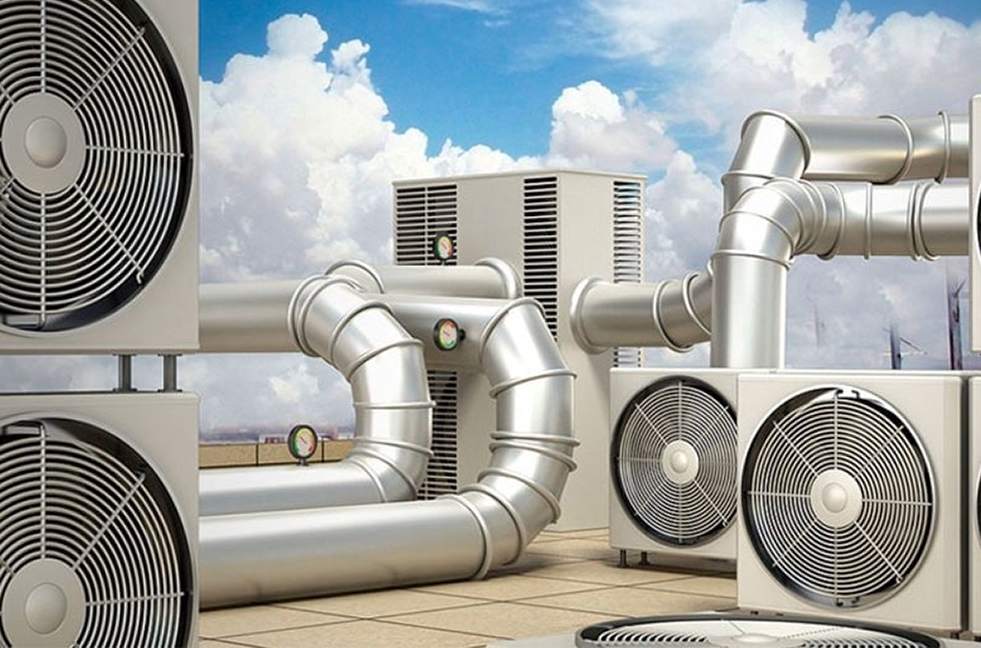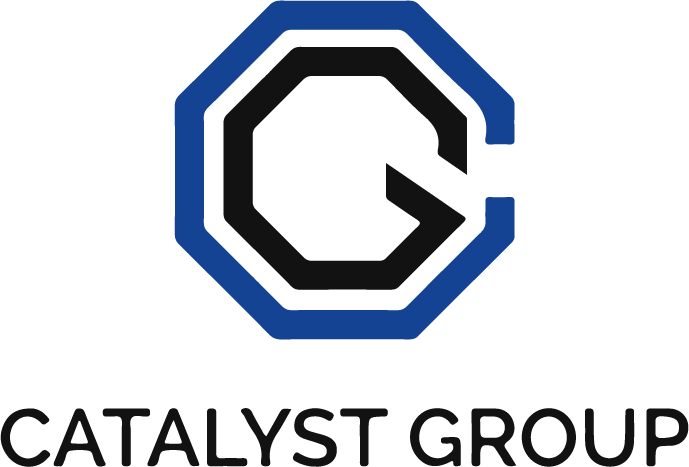
The quality of your HVAC system begins with the ductwork, and in the UAE’s demanding climate, this is doubly true. Choosing the right Duct Manufacturer in UAE is the single most critical decision for any large-scale MEP contractor, consultant, or developer.
To guarantee that a manufacturer meets the highest standards for safety, efficiency, and compliance—especially regarding fire and life safety—you must look beyond their sales pitch. You need to see their credentials.
Don’t choose a UAE duct manufacturer without this list. We detail the 7 essential certifications (like ISO & UL) that guarantee quality, safety, and compliance.
Here are the 7 essential certifications and compliance standards that every reputable UAE duct manufacturer must hold.
1. UL (Underwriters Laboratories) Listing & Testing
UL certification is the gold standard for fire and safety. In the UAE, where fire codes are strict, this is non-negotiable for flexible ducts and duct accessories.
- What to Look For: UL listings for products like flexible ducts (e.g., UL 181, which covers fire, smoke, and burning characteristics) and components like fire dampers (UL 555).
- Why it Matters: A UL Listed product has been independently tested to prevent fire spread, providing confidence that the ductwork will not compromise the building’s safety in an emergency.
2. DCL (Dubai Central Laboratory) Conformity Mark
The DCL Conformity Mark is the official product certification scheme for Dubai Municipality. It confirms that a product, such as duct insulation or non-metallic ductwork, complies with specific local and international standards.
- What to Look For: The DCL Mark itself, often alongside compliance with standards like Al Sa’fat – Dubai Green Building Evaluation System (especially for pipe and duct insulation).
- Why it Matters: It ensures mandatory compliance with Dubai’s specific regulations, streamlining the inspection and approval process for construction projects within the Emirate.
3. BS 476 (British Standard) Fire Testing
While UL is key, the British Standard (BS) 476 is globally recognized, and tests duct components for various stages of fire exposure, providing a class rating for safety.
- What to Look For: Certification showing BS 476 Part 6 (Fire Propagation) and Part 7 (Surface Spread of Flame), with a focus on achieving Class 0 or Class 1 ratings, which indicate minimal flammability.
- Why it Matters: This standard gives comprehensive evidence of the material’s fire performance, a requirement frequently referenced in local building codes across the UAE.
4. ISO 9001:2015 (Quality Management System)
This certification isn’t for the product itself, but for the manufacturer’s internal processes. It is crucial for consistency and reliability.
- What to Look For: A valid certificate for ISO 9001:2015, which specifies requirements for a quality management system.
- Why it Matters: An ISO 9001 factory follows strict, documented procedures for production, inspection, and delivery, ensuring that the last duct section manufactured is just as high quality as the first.
5. SMACNA Compliance (HVAC Duct Construction Standards)
SMACNA (Sheet Metal and Air Conditioning Contractors’ National Association) provides the definitive technical standards for HVAC duct construction, fabrication, and installation globally.
- What to Look For: A manufacturer’s clear statement of compliance with SMACNA HVAC Duct Construction Standards (Metal and Flexible).
- Why it Matters: Compliance guarantees your duct system is built to standard specifications for pressure, leakage, rigidity, and material thickness, preventing structural failures and air leaks common in non-compliant systems.
6. ASHRAE Guidelines & Standards
The American Society of Heating, Refrigerating and Air-Conditioning Engineers (ASHRAE) sets the industry-wide standards for efficiency, air quality, and noise control that govern all HVAC systems.
- What to Look For: Adherence to key ASHRAE guidelines, such as those related to duct construction and insulation requirements to meet required thermal conductivity standards.
- Why it Matters: Following ASHRAE ensures the ducts are designed for optimal energy efficiency in the extreme heat of the UAE, directly reducing long-term operational costs.
7. ISO 14001 and ISO 45001 (Environmental & Safety)
While product quality is paramount, the manufacturer’s commitment to the environment and its employees reflects its overall corporate responsibility.
- ISO 14001:2015: Certification for an effective Environmental Management System (EMS).
- ISO 45001:2018: Certification for a modern Occupational Health and Safety Management System.
- Why it Matters: These certifications indicate a well-managed, future-focused company that prioritizes sustainable practices and safe working conditions, translating to better long-term reliability for you.
The Takeaway
Certifications are not just badges; they are proof of commitment to quality, safety, and compliance. When vetting a potential Duct Manufacturer in UAE, use this list as your core checklist. By insisting on these credentials, you guarantee your HVAC project is built with the highest standards, designed for safety, and optimized for performance in the Middle East.
